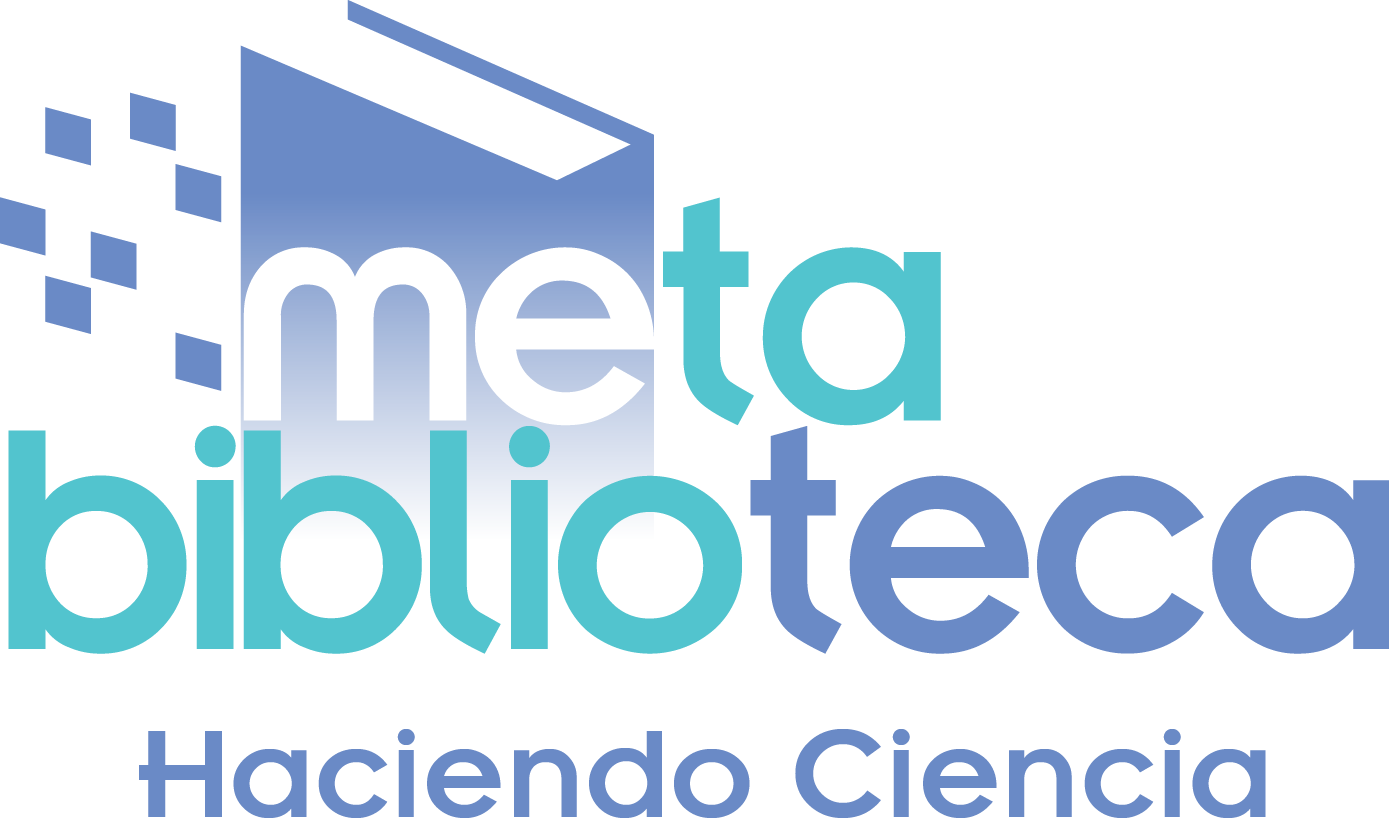Patrón clínico y citogenético en pacientes con síndrome mielodisplásico en Cúcuta (Norte de Santander, Colombia).
Clinical and cytogenetic pattern in patients with myelodysplasic syndrome in Cúcuta (Norte de Santander, Colombia).

Cómo citar
Descargar cita

Esta obra está bajo una licencia internacional Creative Commons Atribución-NoComercial-CompartirIgual 4.0.
Mostrar biografía de los autores
Los síndromes mielodisplásicos (SMD) son neoplasias clonales de pronóstico variable de acuerdo con estratificación. La citogenética es clave en diagnóstico y pronóstico. Población y métodos: en UHE estudiamos 81 pacientes con SMD. Caracterización clínica, laboratorio, IPSS-R, mortalidad, análisis citogenético con descripción de anomalías clonales típicas y atípicas de SMD. Resultados: la media etaria fue de 71 años, con predominio femenino. El subtipo más frecuente fue SMD con displasia multilinaje y displasia unilineal, y la manifestación más común fue anemia. Hubo mayor proporción de casos con riesgo bajo e intermedio (IPSS-R). La media de seguimiento no mostró diferencias entre grupos (p = 0,18). La sobrevida global a cinco años fue del 79%. La progresión a LMA se dio en un 9,8%. La mayor cantidad de decesos fueron en grupos de muy alto (85%) y alto riesgo (50%). La citogenética se presentó con el 72% de índice mitótico en 24 horas. El cariotipo clonal fue del 43% con 53 alteraciones de 81 estudios, siendo complejo en un 8,6%. Las anomalías numéricas y estructurales más frecuentes fueron: del(5q) y -Y 6,1%, del(20q), del(11q), del(17p) y +8 en el 3,7%. También, encontramos anomalías citogenéticas no típicas de SMD, como -22, -13-11, del(10q), 14p+, 15q+, en el 1,2%. Conclusiones: subtipos de SMD, citopenias, IPSS-R, mortalidad, alteraciones citogenéticas estructurales y numéricas guardan correlación con la literatura. La presencia de alteraciones citogenéticas atípicas plantea mayor evaluación y expansión en bases de datos internacionales.
Visitas del artículo 528 | Visitas PDF 717
Descargas
- Ma X, Does M, Raza A, Mayne ST. Myelodysplastic syndromes: incidence and survival in the United States. Cancer. 2007;109(8):1536-42.
- Rollison DE, Howlader N, Smith MT, Strom SS, Merritt WD, Ries LA, et al. Epidemiology of myelodysplastic syndromes and chronic myeloproliferative disorders in the United States, 2001- 2004, using data from the NAACCR and SEER programs. Blood. 2008;112(1):45-52.
- Cogle CR, Craig BM, Rollison DE, List AF. Incidence of the myelodysplastic syndromes using a novel claims-based algorithm: high number of uncaptured cases by cancer registries. Blood. 2011;117(26):7121-5.
- McQuilten ZK, Wood EM, Polizzotto MN, Campbell LJ, Wall M, Curtis DJ, et al. Underestimation of myelodysplastic syndrome incidence by cancer registries: results from a population-based data linkage study. Cancer. 2014;120(11):1686-94.
- Swerlow SH, Campo E, Harris NL, Jaffe ES, Pileri SA, Stein H, et al. WHO classification of tumours of haematopoietic and lymphoid tissues. Lyon: IARC Press; 2008.
- Pang WW, Pluvinage JV, Price EA, Sridhar K, Arber DA, Greenberg PL, et al. Hematopoietic stem cell and progenitor cell mechanisms in myelodysplastic syndromes. Proc Natl Acad Sci USA. 2013;110(8):3011-6.
- Will B, Zhou L, Vogler TO, Ben-Neriah S, Schinke C, Tamari R, et al. Stem and progenitor cells in myelodysplastic syndromes show aberrant stage-specific expansion and harbor genetic and epigenetic alterations. Blood. 2012;120(10):2076-86.
- Woll PS, Kjällquist U, Chowdhury O, Doolittle H, Wedge DC, Thongjuea S, et al. Myelodysplastic syndromes are propagated by rare and distinct human cancer stem cells in vivo. Cancer Cell. 2014;25(6):794-808.
- Genovese G, Kähler AK, Handsaker RE, Lindberg J, Rose SA, Bakhoum SF, et al. Clonal hematopoiesis and blood-cancer risk inferred from blood DNA sequence. N Engl J Med. 2014;371(26):2477-87.
- Haase D, Germing U, Schanz J, Pfeilstöcker M, Nösslinger T, Hildebrandt B, et al. New insights into the prognostic impact of the karyotype in MDS and correlation with subtypes: evidence from a core dataset of 2124 patients. Blood. 2007;110 (13):4385-95.
- Pozdnyakova O, Miron PM, Tang G, Walter O, Raza A, Woda B, et al. Cytogenetic abnormalities in a series of 1,029 patients with primary myelodysplastic syndromes: a report from the US with a focus on some undefined single chromosomal abnormalities. Cancer. 2008;113(12):3331-40.
- Mora E, Espinoza D, Casas C, Abello V, Solano M. Caracterización clínica de los pacientes con síndrome mielodisplásico. Acta Med Colomb. 2016;41:36-41.
- Greenberg PL, Tuechler H, Schanz J, Sanz G, GarciaManero G, Solé F, et al. Revised international prognostic scoring system for myelodysplastic syndromes. Blood. 2012;120(12):2454-65.
- Bejar R, Levine R, Ebert BL. Unraveling the molecular pathophysiology of myelodysplastic syndromes. J Clin Oncol. 2011;29(5):504-15.
- American College of Medical Genetics. Standards and guidelines for clinical genetics laboratories. 2009.
- Association for Clinical Cytogenetics. Professional guidelines for clinical cytogenetics. Hematooncology best practice guidelines. 2007.
- Shaffer LG, McGowan-Jordan J, Schmid M, editors. ISCN 2013. An International System for Human Cytogenetic Nomenclature (2013). Karger; 2013.
- Alberbide JA. Experiencia argentina en síndromes mielodisplásicos. Hematología. 2016;20(Número Extraordinario).
- Ma X, Does M, Raza A, Mayne ST. Myelodysplastic syndromes: incidence and survival in the United States. Cancer. 2007;109(8):1536-42.
- Urlich G. The epidemiology of the mielodysplasics syndromes. Clinical Leukemias. 2008;2(1):34-8.
- Belli CB, Pinheiro RF, Bestach Y, Larripa IB, da Silva Tanizawa RS, Alfonso G, et al. Myelodysplastic syndromes in South America: a multinational study of 1080 patients. Am J Hematol. 2015;90(10):851-8.
- Davidoff AJ, Weiss SR, Baer MR, Ke X, Hendrick F, Zeidan A, et al. Patterns of erythropoiesis-stimulating agent use among Medicare beneficiaries with myelodisplasic syndromes and consistency with clinical guidelines. Leuk Res. 2013;37(6):675-80.
- Schuck A, Götte M, Neukirchen J, et al. Treatment with azacitidine: a retrospective study evaluating the real life clinical course and impact on infectious complications. Blood. 2015;126:1684-90.
- Haase D, Germing U, Schanz J, et al. New insights into the prognostic impact of the karyotype in MDS and correlation with subtypes: evidence from a core dataset of 2124 patients. Blood. 2017;110:4385-95.
- Bernasconi P. Molecular pathways in myelodysplastic syndromes and acute myeloid leukemia: relationships and distinctionsa review. Br J Haematol. 2008;142(5):695-708.
- Solé F, Luño E, Sanzo C, Espinet B, Sanz GF, Cervera J, et al. Identification of novel cytogenetic markers with prognostic significance in a series of 968 patients with primary myelodysplastic syndromes. Haematologica. 2005;90(9):1168-78.
- Cheson BD, Greenberg PL, Bennett JM, Lowenberg B, Wijermans PW, Nimer SD, et al. Clinical application and proposal for modification of the International Working Group (IWG) response criteria in myelodysplasia. Blood. 2006;108(2):419-25.
- Bacher U, Haferlach T, Kern W, Weiss T, Schnittger S, Haferlach C. The impact of cytomorphology, cytogenetics, molecular genetics, and immunophenotyping in a comprehensive diagnostic workup of myelodysplastic syndromes. Cancer. 2009;115(19):4524-32.
- Lewis S, Oscier D, Boultwood J, Ross F, Fitchett M, Rack K, et al. Hematological features of patients with myelodysplastic syndromes associated with a chromosome 5q deletion. Am J Hematol. 1995;49(3):194-200.
- Wiktor A, Rybicki BA, Piao ZS, Shurafa M, Barthel B, Maeda K, et al. Clinical significance of Y chromosome loss in hematologic disease. Genes Chromosomes Cancer. 2000;27(1):11-6.
- Bench AJ, Nacheva EP, Hood TL, Holden JL, French L, Swanton S, et al. Chromosome 20 deletions in myeloid malignancies: reduction of the common deleted region, generation of a PAC/BAC contig and identification of candidate genes. UK Cancer Cytogenetics Group (UKCCG). Oncogene. 2000;19(34):3902-13.
- Arber DA, Orazi A, Hasserjian R, Thiele J, Borowitz MJ, Le Beau MM, et al. The 2016 revision to the World Health Organization classification of myeloid neoplasms and acute leukemia. Blood. 2016;127(20):2391-405.
- Bacher U, Schanz J, Braulke F, Haase D. Rare cytogenetic abnormalities in myelodysplastic syndromes. Mediterr J Hematol Infect Dis. 2015;7(1):e2015034.

















